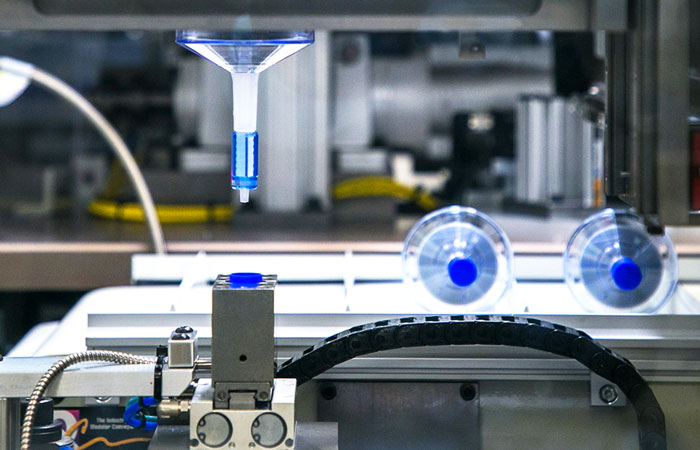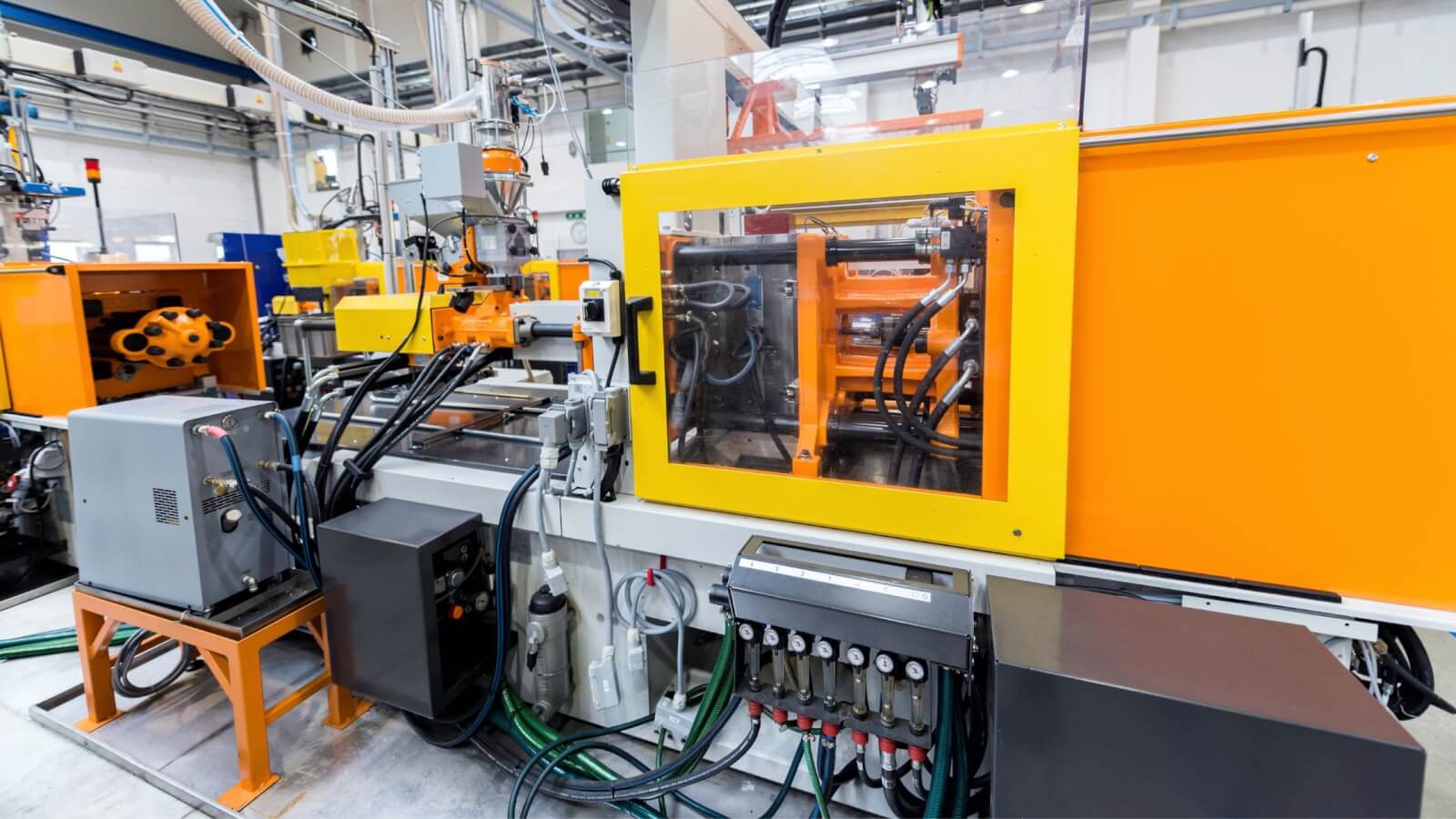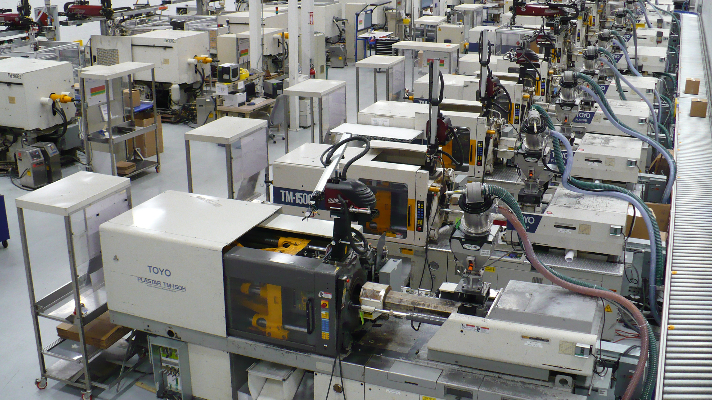Exactly How Plastic Injection Molding Makes Sure Consistency and Accuracy in Production
Exactly How Plastic Injection Molding Makes Sure Consistency and Accuracy in Production
Blog Article
Understanding the Essentials of Plastic Shot Molding Procedures
Plastic shot molding works as a foundation of modern-day manufacturing, supplying a methodical strategy to creating complex parts with accuracy. This process not only includes the fundamental steps of melting and injecting materials right into molds but additionally includes a nuanced understanding of different influencing elements, such as temperature and pressure. As industries increasingly demand performance and quality, the complexities of this approach end up being more important. Checking out these necessary aspects might expose exactly how even minor adjustments can lead to significant enhancements in production outcomes, elevating inquiries regarding the possibility for technology in this well-known process.
What Is Plastic Injection Molding?
Plastic injection molding is a commonly utilized production procedure that transforms thermoplastic and thermosetting materials right into precise and complicated forms. This method is preferred for its ability to produce high quantities of the same components with remarkable precision, making it an indispensable technique in various sectors, including automobile, durable goods, and clinical gadgets.
The process includes thawing the selected plastic product and injecting it into a mold and mildew under high pressure. The mold, made to the specs of the desired part, enables the molten plastic to materialize as it cools and strengthens. When the product has actually set, the mold is opened up, and the completed element is expelled.
Plastic shot molding offers several benefits, including lowered waste, uniformity in production, and the capacity to include complex designs that might be testing with various other producing approaches. Furthermore, it supports a wide series of products, each supplying unique homes that can be customized for specific applications. As industries proceed to introduce, plastic shot molding remains at the forefront, allowing the development of sophisticated products that fulfill advancing customer demands.
The Shot Molding Process
The injection molding process is an advanced strategy that includes numerous crucial stages to create premium plastic components. Plastic pellets are fed right into a heated barrel where they are thawed into a viscous fluid. This molten plastic is after that infused under high pressure into a precision-engineered mold and mildew, which forms the material into the desired type.
As soon as the mold and mildew is filled, the plastic is permitted to solidify and cool, taking the form of the mold and mildew tooth cavity. Air conditioning time is vital, as it influences the cycle time and the last residential properties of the molded part. After adequate cooling, the mold opens up, and the finished element is ejected making use of ejector pins.

Materials Utilized in Injection Molding
Different products can be used in the shot molding process, each offering special homes that accommodate certain applications. The most frequently made use of products include thermoplastics, thermosetting plastics, and elastomers.

Thermosetting plastics, like epoxy and phenolic resins, undertake link a chemical change during the curing procedure, resulting in a rigid, inflexible framework. These products are suitable for applications calling for high heat resistance and architectural honesty, often utilized in auto components and electrical insulators.
Elastomers, consisting of silicone and rubber-based products, supply flexibility and strength. Their unique residential properties make them suitable for applications that demand flexibility, such as gaskets and seals.
Additionally, specialized materials like bio-based plastics and composites are obtaining grip for their environmental advantages and boosted performance qualities, widening the extent of injection molding applications in various sectors. Understanding the properties of these materials is vital for picking the appropriate type for details tasks.
Advantages of Injection Molding
Shot molding attracts attention as an extremely efficient production procedure that offers numerous benefits for producing intricate parts with precision. Among the most significant benefits is the ability to produce intricate layouts that would certainly be impossible or tough to achieve with various other methods (Plastic Injection Molding). The process permits limited resistances and detailed features, guaranteeing high-quality elements
In addition, shot molding is known for its rapid production abilities, making it a suitable option for high-volume production. As soon as the mold and mildew is created, parts can be produced promptly, minimizing lead times and raising total efficiency. This efficiency not just decreases manufacturing expenses but additionally supplies an affordable side on the market.
The versatility of products used in injection molding additionally enhances its charm. A large range of thermoplastics and thermosetting polymers can be used, allowing makers to pick products that best satisfy their details requirements, consisting of versatility, toughness, and warm resistance.
Additionally, the procedure decreases waste, as excess product can commonly be reused and reused. This sustainability element adds to a decreased environmental influence, making injection molding a liable manufacturing selection. Overall, the advantages of injection molding make it a recommended technique for many sectors.
Aspects Influencing Item High Quality
While various variables can affect product top quality in shot molding, recognizing these aspects is vital for achieving optimal results. Key facets include product choice, refining specifications, and mold and mildew design.
Material option plays an important role, as various polymers exhibit distinct properties that influence flowability, toughness, and thermal security. Insufficient product choice can lead to problems such as bending or insufficient dental filling.
Handling criteria, including cycle, pressure, and temperature time, must be meticulously controlled. Variants in these setups can cause incongruities partly measurements and surface finish. Exceedingly high temperatures might cause destruction of the polymer, while inadequate pressure can result in short shots.
Mold and mildew style is just as essential, as it figures out the flow of the molten plastic and the cooling procedure. Badly created molds might lead to irregular air conditioning prices, causing recurring tensions and dimensional inaccuracies.

Final Thought
In conclusion, plastic shot molding serves as a vital production procedure that makes it possible for the reliable production of high-grade advice elements. Proficiency of the injection molding process, consisting of the understanding of materials and the influence of various variables on product top quality, is necessary for attaining optimum outcomes. The advantages of this technique, such as cost-effectiveness and layout flexibility, further emphasize its relevance throughout multiple industries, strengthening its status as a recommended selection for high-volume production.
Plastic shot molding offers as a keystone of modern-day production, supplying a systematic method to generating complicated elements with precision.Plastic shot molding provides several advantages, consisting of decreased waste, consistency in production, and the capability to integrate detailed styles that may be testing with other manufacturing methods (Plastic Injection Molding). As industries proceed to introduce, plastic shot molding stays at the center, enabling the advancement of innovative products that fulfill developing consumer needs
The shot molding process is a sophisticated strategy that includes a number of crucial phases to produce high-quality plastic parts.In final thought, plastic injection molding offers as a critical production process that makes you can try these out it possible for the effective production of high-grade components.
Report this page